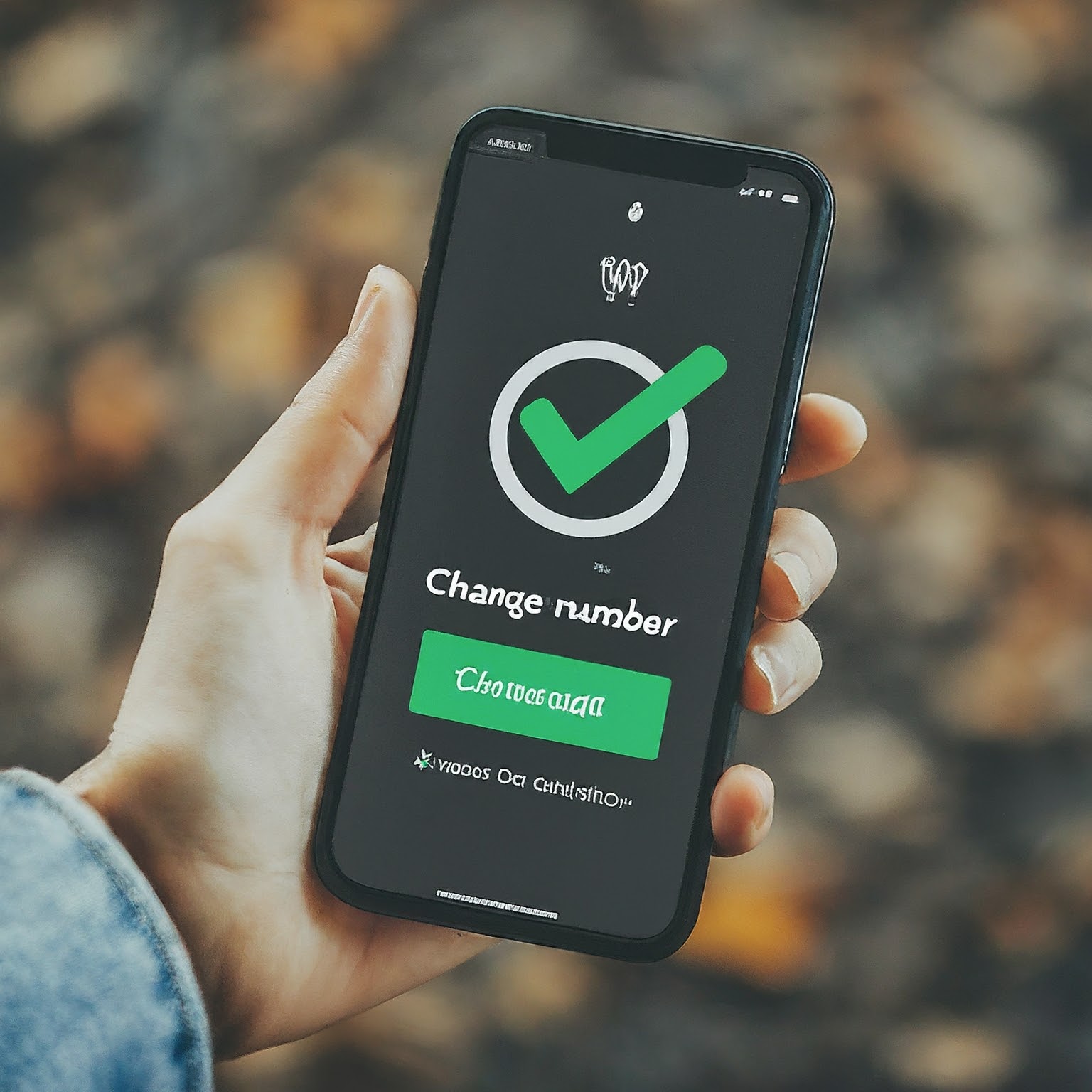In the digital age, our phone numbers have become more than just a way to make and receive calls. They are linked to our online identities, bank accounts, social media profiles, and various other services. However, there are times when you might need to change your phone number, perhaps due to a move, privacy concerns, or simply wanting a fresh start. While the process may seem daunting, it’s actually quite straightforward. This exclusive article will provide you with a comprehensive guide on how to change your phone number, covering different methods, essential steps, potential challenges, and important considerations.

Reasons to Change Your Phone Number
Before we delve into the how-to, let’s explore some common reasons why people choose to change their phone number:
- Relocation: Moving to a new city or country often necessitates a new phone number.
- Privacy Concerns: If you’re receiving unwanted calls or messages, changing your number can offer a fresh start.
- Harassment or Stalking: In more serious situations, changing your phone number can be a crucial step in protecting yourself from harassment or stalking.
- Career Change: Switching to a new job or starting a business might prompt you to adopt a new professional phone number.
- Personal Reasons: Sometimes, people simply want a change and decide to get a new phone number.
Methods to Change Your Phone Number
The specific process for changing your phone number may vary depending on your carrier and service type (prepaid or postpaid). However, here are the general methods you can use:
- Contact Your Carrier
The most common and reliable way to change your phone number is to contact your carrier directly. You can do this through various channels:
- Call Customer Service: Call your carrier’s customer service hotline and request a number change. They will guide you through the process and provide you with a new number.
- Visit a Retail Store: Go to your carrier’s retail store and ask a representative to assist you with changing your number.
- Use the Carrier’s Website or App: Some carriers allow you to change your number online through their website or mobile app.
- Port Your Number to a New Carrier
If you’re switching carriers, you might be able to port your existing phone number to the new carrier. This allows you to keep your current number while enjoying the services of a different provider.
- Contact the New Carrier: Initiate the porting process by contacting the new carrier and providing them with your current number and account information.
- Follow the Instructions: The new carrier will guide you through the remaining steps, which may include providing additional documentation or authorization.
- Get a New Prepaid SIM Card
If you’re using a prepaid service, you can simply purchase a new SIM card with a different phone number. This is a quick and easy way to change your number, but you’ll lose any remaining balance or data on your old SIM card.
Essential Steps to Change Your Phone Number
Regardless of the method you choose, there are some essential steps involved in changing your phone number:
- Back Up Your Data
Before changing your number, it’s crucial to back up all your important data, including contacts, messages, photos, and videos. This ensures that you don’t lose any valuable information during the transition.
- Update Your Contact Information
Once you have a new number, update your contact information across all your online accounts, social media profiles, and other services. Inform your friends, family, and colleagues about your new number.
- Update Your Phone Settings
Change your phone number in your device settings to ensure it’s reflected correctly across all apps and services.
- Monitor Your Old Number
If you’re concerned about missing any important calls or messages on your old number, consider forwarding them to your new number for a temporary period.
Potential Challenges and Considerations
While changing your phone number is generally a straightforward process, there are some potential challenges and considerations to keep in mind:
- Fees: Some carriers may charge a fee for changing your phone number.
- Porting Delays: Porting your number to a new carrier can take some time, usually a few hours to a few days.
- Service Disruptions: During the transition, you might experience temporary service disruptions or delays in receiving calls or messages.
- Updating Accounts: Remember to update your phone number across all your online accounts and services to avoid any inconvenience.
- Notifying Contacts: Inform your important contacts about your new number to ensure they can reach you.
Conclusion
Changing your phone number can be a liberating experience, offering a fresh start or enhanced privacy. By following the methods and steps outlined in this comprehensive guide, you can navigate the process with confidence and ensure a smooth transition. Remember to back up your data, update your contact information, and choose the method that best suits your needs and circumstances. With careful planning and execution, you can successfully change your phone number and embark on a new chapter of communication.
لا تعليق